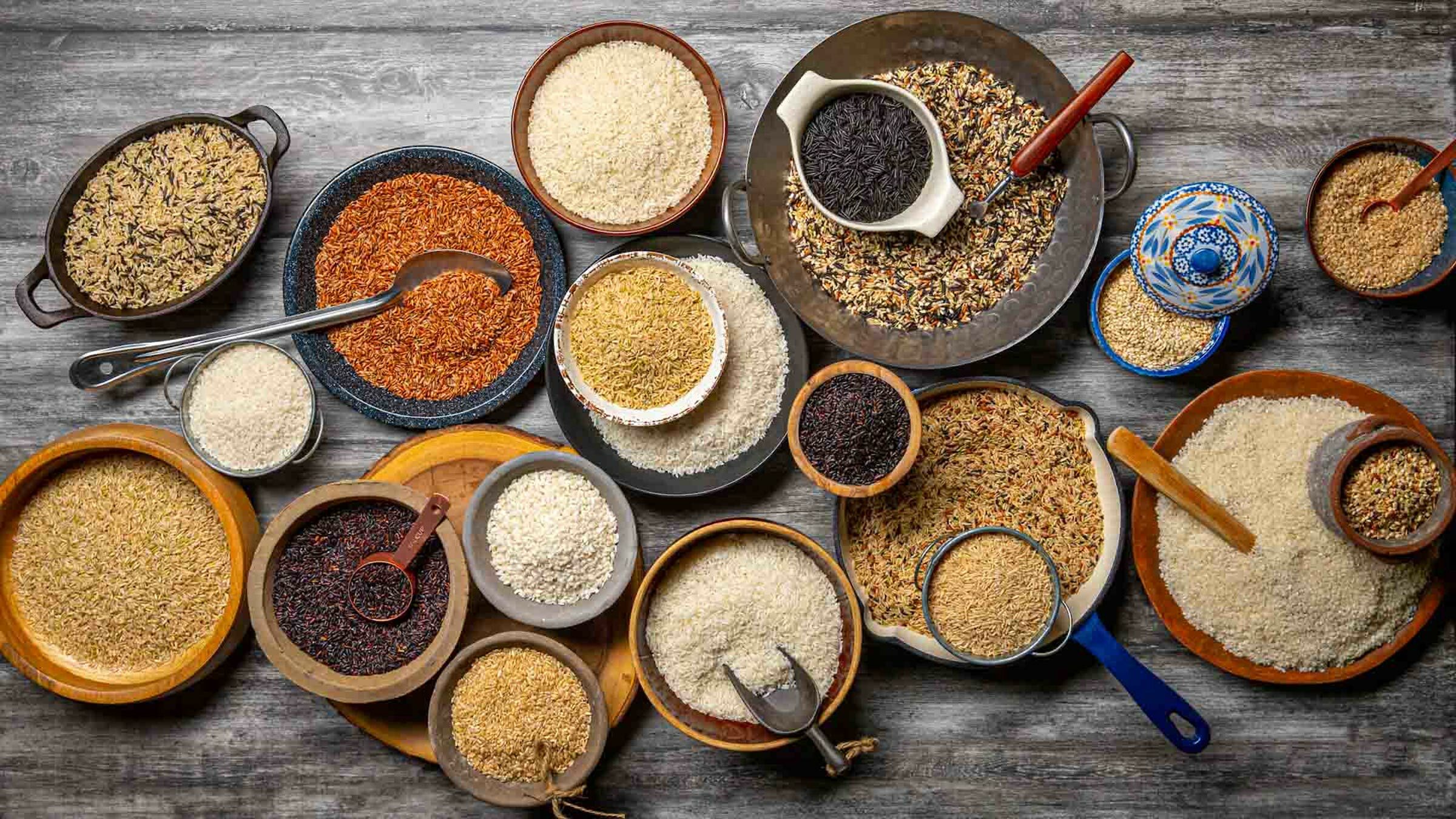
Did you know that at Lundberg Family Farms we have more than 17 different varieties of rice? Long, short, black, brown, white, red, and blended. Each one brings something different to the table so you can get creative in the kitchen. After all, variety is the spice of life. Don’t know where to start? Well, you’ve come to the right place! We’ve put together a Rice 101 cheat sheet, including an introduction to each variety, recipes to pair them with, and cooking tips for the perfect rice every time.
Let's Get Cooking!
First thing’s first: Cooking brown rice and white rice calls for different water ratios. To cook brown rice, you need a little more water because the outer bran layer is still intact. As our very own Culinary Scientist Matt Slem told Eat This, Not That!: “Typically for a white rice, I would recommend a 1:1.5 rice to water ratio. Brown rice needs a little more water, so a 1:1.75 brown rice to water ratio works well. When in doubt, I'd recommend following the directions on the back of the package you bought.”
Indeed, the rice cooking directions printed on our packaging have been tried and tested, but here are a few extra tips to make sure your rice cooks up perfectly every time:
One size does not fit all
A heavy saucepan with triple-ply layers will ensure even heat and prevent burning on the bottom before the rest of your rice is cooked through. Make sure you use the correct size pan for the amount of rice being cooked: a 2-quart saucepan for 1 cup of uncooked rice or a 3-quart saucepan for 2 cups of uncooked rice.
Put a lid on it
It’s important to choose a saucepan with a tight-fitting lid. This will keep the steam in contact with the rice. If your lid doesn’t seal well, the water will evaporate before it is absorbed by the rice, resulting in undercooked or crunchy rice. Nobody wants that.
Do not disturb
Resist the urge to lift the lid—no need to stir or take a peek while the rice is cooking! Once you’ve put the lid on the saucepan to cook on a low simmer, let the rice be. Otherwise, you’ll let the steam out… and you know how we feel about that: steamed.
Turn up the flavor
Already cooking your rice in broth instead of water? Well, aren’t you fancy! Here are three more hacks to take your rice to the next level:
- Aromatics & Seasonings – Add your favorite spices, finely chopped herbs, and aromatic vegetables in the beginning of the cooking process. We recommend garlic, shallots, turmeric, and ginger for a flavor-packed combination.
- Fats & Oils – Use two tablespoons of butter or oil per cup of rice to separate the rice kernels and add a savory, decadent touch to any variety. Plus, there are so many options to choose from: avocado, coconut, sesame, truffle—the possibilities are endless!
- Acids – Want a boost of flavor without the salt? Add brightness with one or two teaspoons of rice vinegar at the beginning of the cooking process.
Back to Basics
Now, which rice to choose? Let’s start with the basics: color, length, and texture.
Color
All rice is brown to begin with. It’s the milling process that determines whether rice is brown or white.
White Rice: When rice is milled to white, the husk, germ, and bran are removed. With fewer layers intact, white rice cooks more quickly than brown rice and can even be easier to digest. The tradeoff? It doesn’t have the nutrient-rich bran layer present with brown rice.
Brown Rice: When brown rice is milled, only the husk is removed. This leaves the nutrient-rich germ and bran intact, which gives brown rice nutritional value as a whole grain that’s rich in B vitamins, fiber, and antioxidants. Hungry for more info about the health benefits of whole grains? Visit the Whole Grains Council website!
Length & Texture
Here’s the long and short of it: when it comes to rice grains, length and texture are related. The shorter the rice, the stickier it will be when cooked. In contrast, long grain varieties tend to be light and separate. And medium grains? Well, they’re what we like to call a happy medium.
Long Grain: Long grain rice varieties like basmati rice and jasmine rice have slender kernels that are about three times longer than they are wide. As Lisa Bryan writes for Downshiftology, “This rice is lower in starch and won’t clump together, it will be light and dry. Perfect for pilaf and biryani.”
Medium Grain: Compared to long grain rice varieties, medium grains like arborio rice have shorter, wider kernels that are about 2 ½ times longer than they are wide. Medium grains also have medium amounts of stickiness, which makes them perfect for risottos and paellas.
Short Grain: Short grain rice varieties like organic sushi rice or short grain brown rice are characterized by (drumroll, please) short, plump kernels that cling together when cooked, creating a natural stickiness that’s perfect for everything from sushi to desserts.
Now that you know the difference between white rice and brown rice, long grain and short grain, it’s time to meet each of our seventeen varieties. After all, you know what they say…
Variety Is The Spice of Life
White Rice
Arborio Rice: Risotto is an Italian technique for cooking arborio rice, but this rich, creamy medium grain has more than one party trick up its sleeve! It also plays well in crowd-pleasing puddings and appetizers. Baked arancini anyone? Seriously, you can’t go wrong with this arborio rice recipe for Creamy Parmesan Arancini. We’re sweet on Lemon Blueberry Rice Pudding, too! But if you’re looking for a classic parmesan risotto recipe, this Wild Mushroom Risotto from The Modern Proper is practically magic.
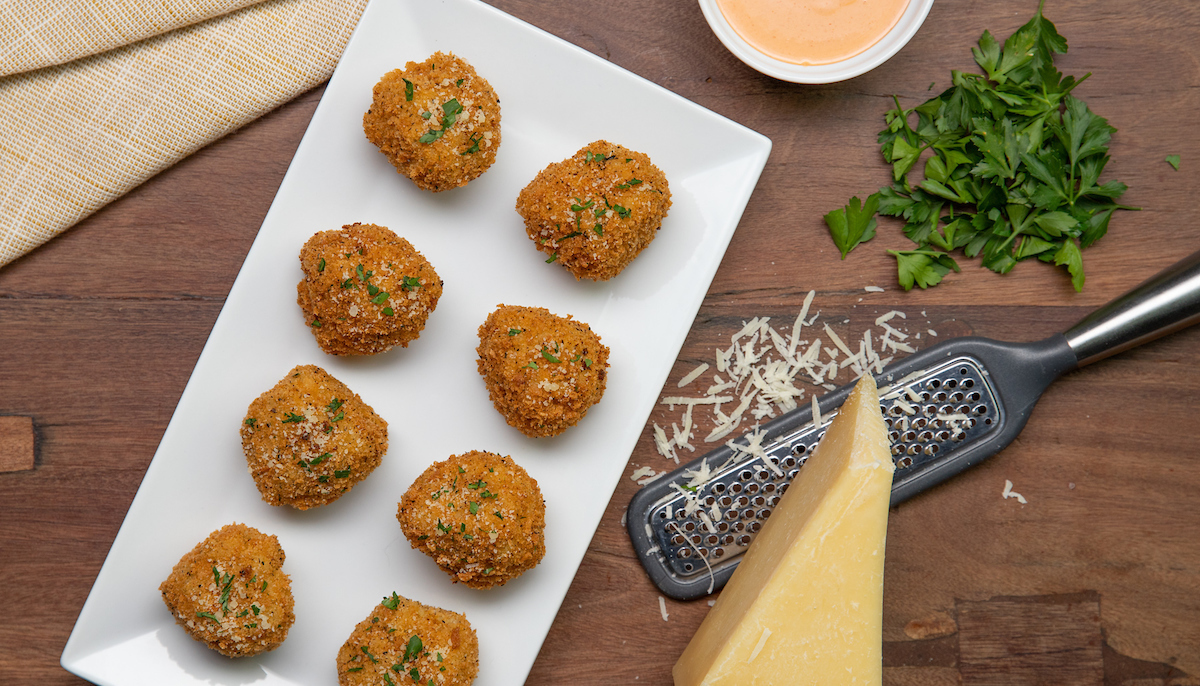
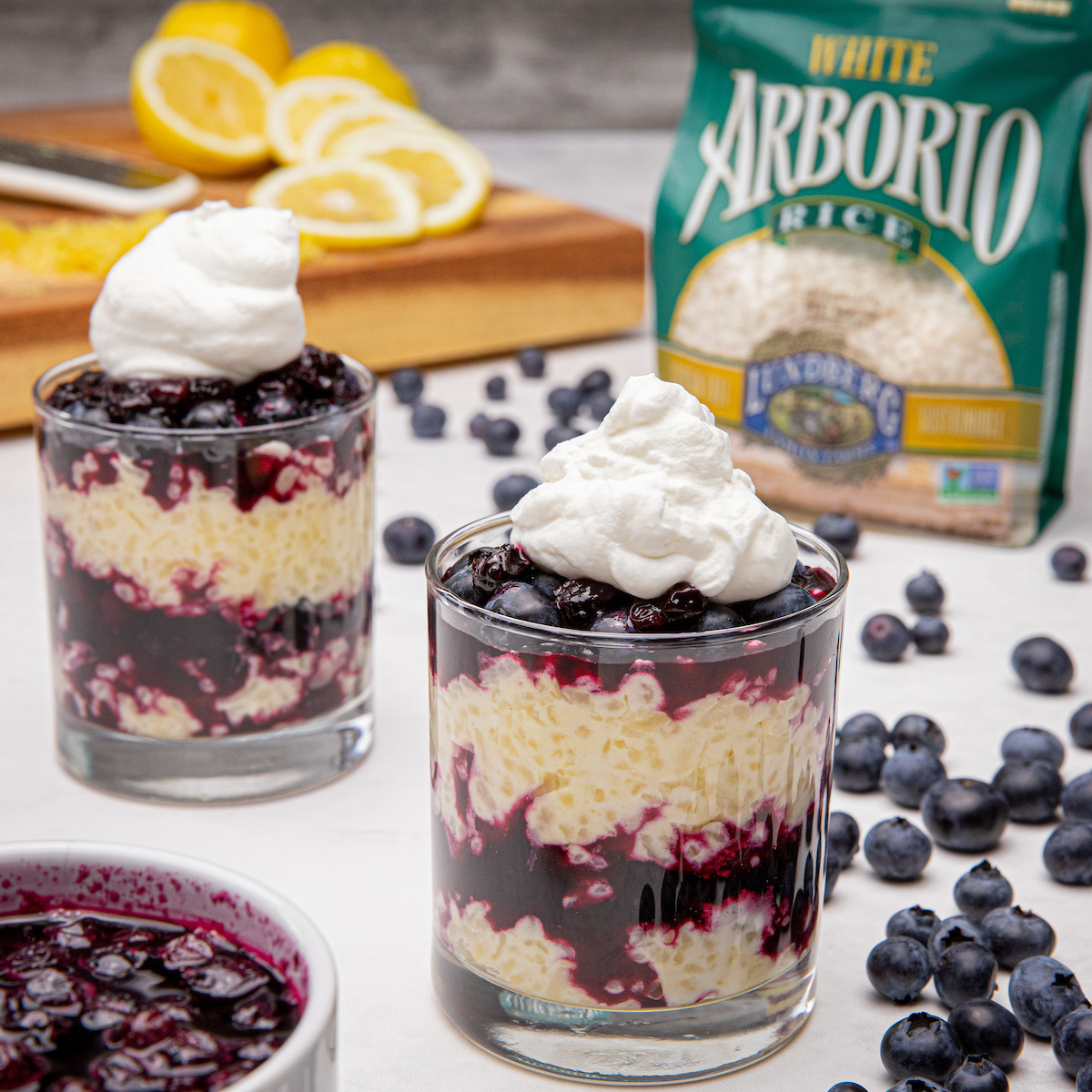
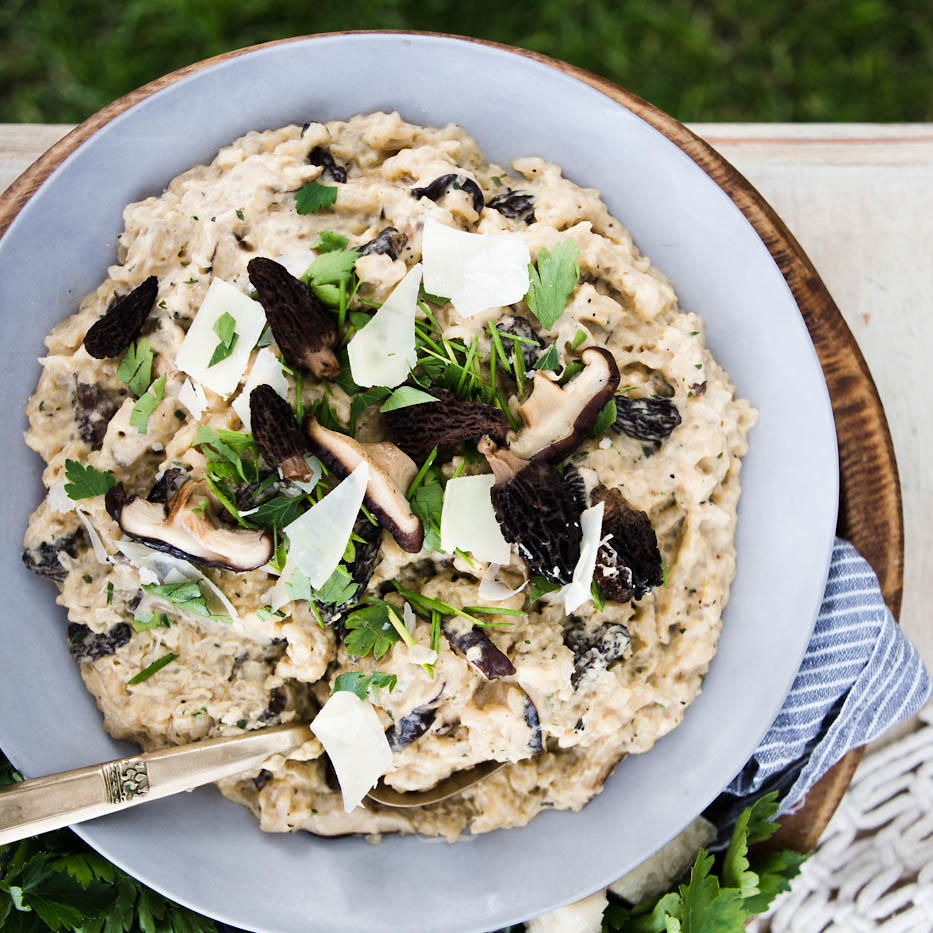
Creamy Parmesean Arancini, Lemon Blueberry Rice Pudding, Wild Mushroom Risotto
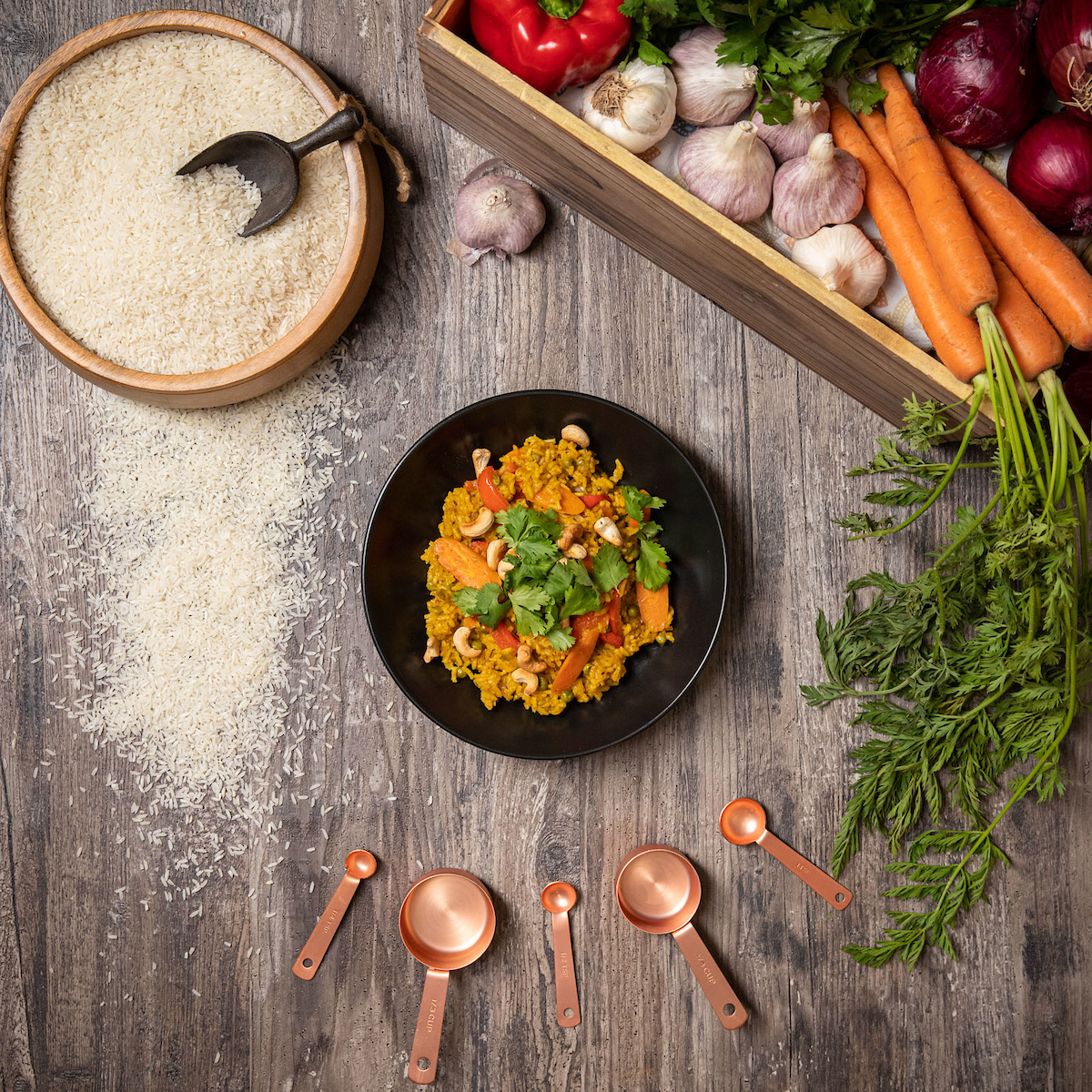
California White Basmati
California White Basmati is a family favorite for its versatility and pleasant aroma, this long, thin grain is light and won’t clump together when cooked, making it a natural fit for curry, stir-fry, salad, pilaf, and dessert basmati rice recipes that call for distinct kernels with a fluffy texture.
For a comfort meal you can feel good about, try adding it to Grace in the Crumbs’ Curried Lentil Butternut Squash Soup! Or use an Instant Pot to sauté it with savory veggies and flavor-packed spices for Vegetable Biryani in just 20 minutes.
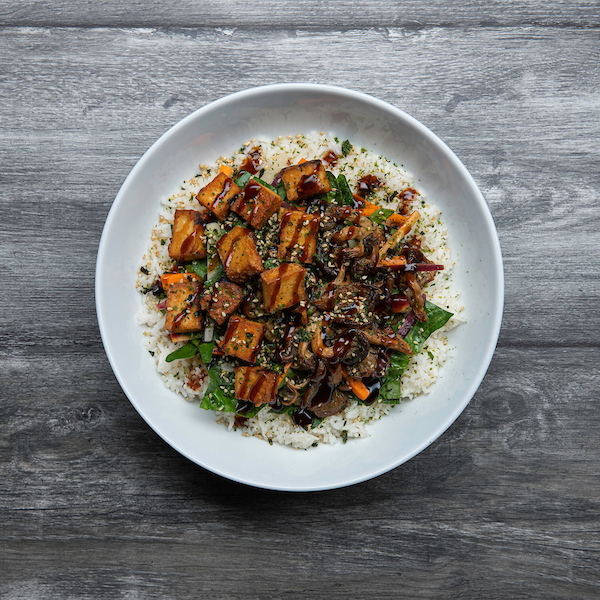
California White Jasmine
Cooking California White Jasmine rice will bring a light, floral scent to your kitchen and a buttery flavor to your taste buds. This long grain clings together when cooked but isn’t sticky, so you can serve it in Thai curries, pilafs, and desserts that call for distinct kernels and fluffy textures.
Our favorite jasmine rice recipe? We call this a Savory Umami Bowl, but it’s more like a Say-very Yummy Bowl!
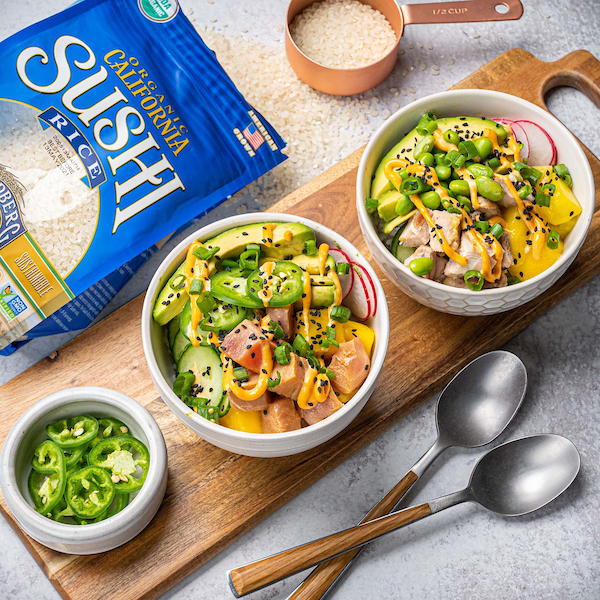
California Sushi Rice
California Sushi Rice, a classic Japanese-style short grain, is grown especially for sushi, but don’t let that limit your imagination! Clean and crisp, California Sushi Rice has just the right amount of stickiness for rice salads, desserts, and so much more.
Don’t believe us? Say aloha to this sushi rice recipe for Hawaiian Poke Bowls! They’re full of island flavor to bring vacation vibes to any table.
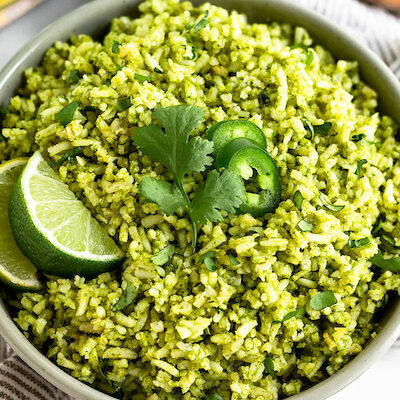
Long Grain White
Long Grain White is a light and versatile, subtle in flavor and remains separate when cooked. This pantry staple is the perfect canvas for any culinary creation—from the everyday to the adventurous!
Case in point? Eat the Grains’ recipe for Arroz Verde, or green rice, which gets its color from a purée of jalapeños, poblano peppers, cilantro, parsley, onion, and garlic, with broth.
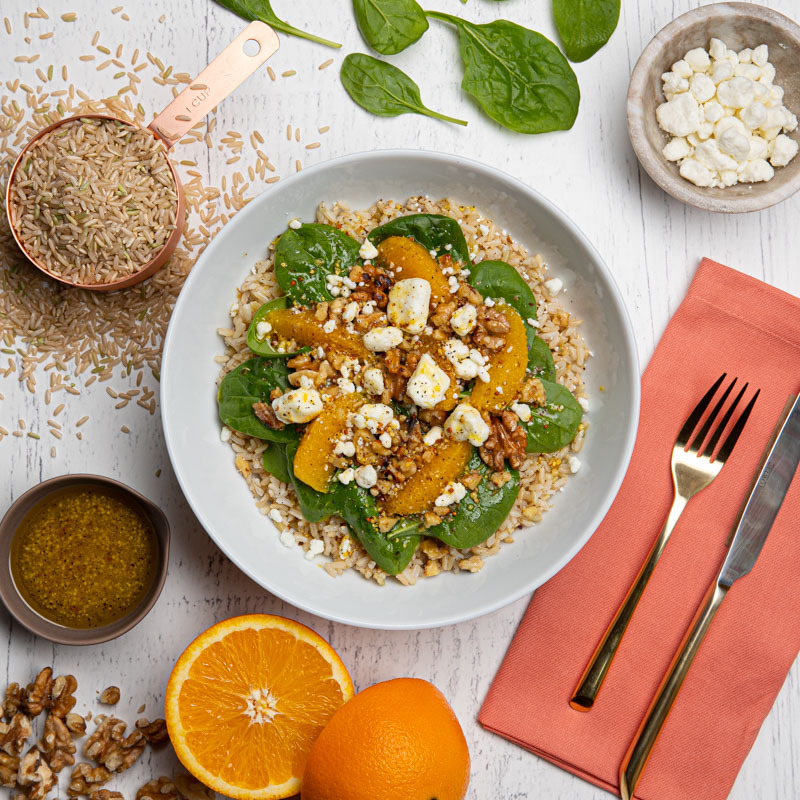
California Brown Basmati
California Brown Basmati - a family favorite for its whole-grain goodness, versatility, and pleasant aroma, this long, thin grain is light and won’t clump together when cooked, making it a natural fit for curry, stir-fry, salad, pilaf, and dessert recipes that call for distinct kernels with a fluffy texture.
For a light, fresh, pantry-friendly dish that’s as simple as it is delicious, try our basmati rice recipe for a Spring Salad with spinach, mandarin oranges, and crumbled goat cheese!
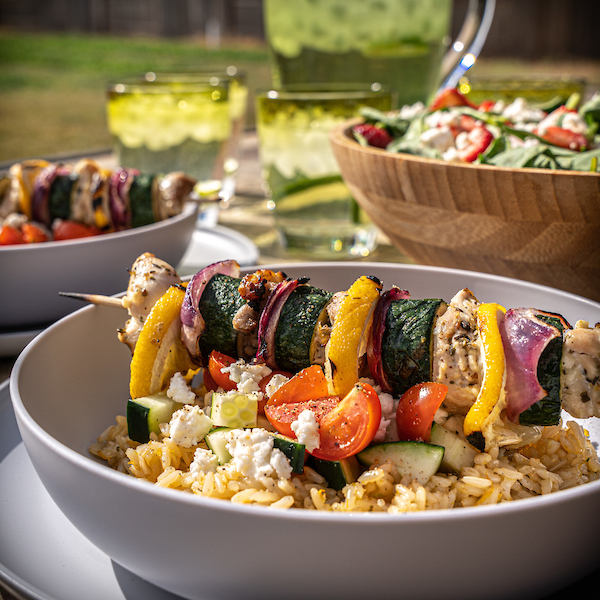
California Brown Jasmine
With a light, herbaceous scent and sweet, buttery flavor, California Brown Jasmine Rice is practically irresistible. This long grain clings together when cooked but isn’t sticky, so you can serve it in Thai curries, pilafs, and desserts that call for distinct kernels and a fluffy texture. Plus, it’s a rich source of whole-grain goodness!
For summer flavors that will transport you to the Mediterranean without ever leaving the table, try our recipe for Greek Skewers with Citrus Rice.

Short Grain Brown
A pantry staple in our family, Short Grain Brown Rice clings together when cooked. Its subtle, nutty aroma and flavor make it versatile—perfect for rice bowls and other everyday dishes that call for a soft, supple texture. Plus, it’s a rich source of whole-grain goodness!
Hungry for a family-friendly dinner to please even the pickiest eaters? Say hello to healthier-for-you Whole-Grain Fried Rice that’s low in sodium, high in vitamin-packed veggies, and full of savory flavor!
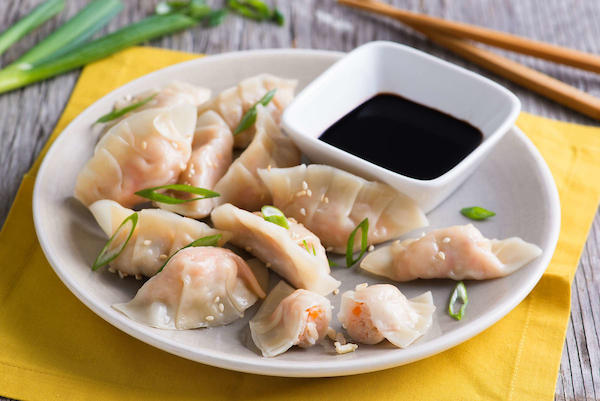
Long Grain Brown
Simplicity is bliss. Long Grain Brown Rice is subtle in flavor, a rich source of whole grains, and remains separate when cooked, making it the perfect canvas for your culinary creations—from the everyday (Food & Wine’s tangy Lemon Brown Rice with Garlic & Thyme) to the adventurous (Shrimp & Brown Rice Pot Stickers)!

Red Rice
Red-y to add some color to your plate? These honey-hued grains remain separate when cooked and fill the kitchen with an irresistible aroma (some say it smells like popcorn!). Perfect for adding warm color, whole grains, and nutty flavor to everything from Thai curries to Burgundy Red Rice Meatless Tacos! Seriously, red rice is a standout stand-in for taco meat.
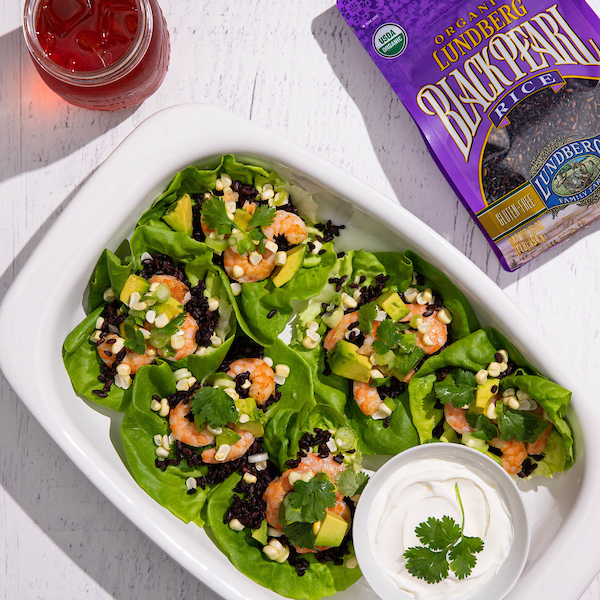
Black Rice
Black Pearl
Bring a sense of adventure to the table with Black Pearl Rice! The very name evokes the wonder of this grain’s gleaming kernels and smooth flavor. Plus, it’s high in health-promoting anthocyanin antioxidants, like those found in blueberries and blackberries.
Use it in place of whole-grain brown rice to add elegance to your favorite stir-fry, side dish, salad, or dessert recipes. Or, if you’re hungry for a fresh way to enjoy grilling season, lettuce introduce you to Summer Lettuce Cups with Shrimp & Black Pearl Rice!
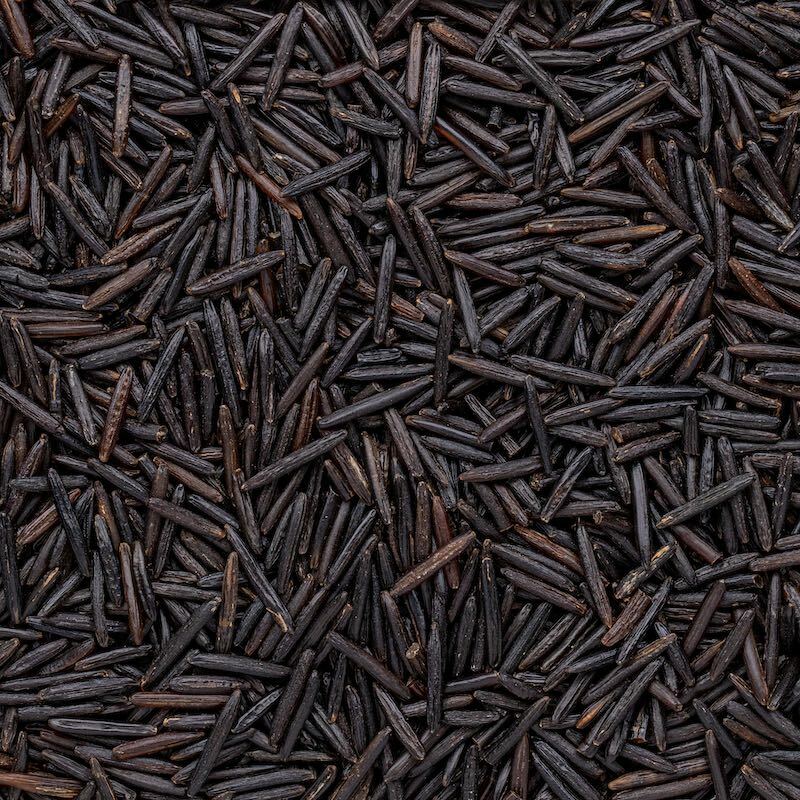
Wild Rice
True to its name, this long grain cooks with the aroma of the great outdoors. Its firm texture and rich, nutty flavor will add a rustic touch and whole-grain goodness to your favorite recipes, including soups, side dishes, and even desserts.
In our family, the holidays aren’t complete without a wild rice recipe like Foolproof Living's Best Wild Rice Salad Recipe, but you can cook wild rice year-round. Just ask Yup… it’s Vegan! They’ve whipped up a Summer-in-a-bowl Wild Rice Salad with Creamy Basil Vinaigrette.

Wild Blend®
Savor the rich color, full-bodied flavor, and whole-grain goodness of this black, brown, red, and wild rice blend. Wild Blend® is both beautiful and versatile, so you can serve it year-round for everyday meals and special occasions, with everything from winter soups to summer salads.
It also makes a flavorful foundation for the perfect rice bowl, like our Wild Fiesta Bowl, which is light, fresh, and will treat your taste buds to a party (we don’t call it a “fiesta” for nothing!).
Bon Voyage & Bon Appétit
With more than 17 varieties to choose from, Lundberg rice can truly take you on a culinary adventure without ever leaving the kitchen. Bon voyage—and bon appétit!
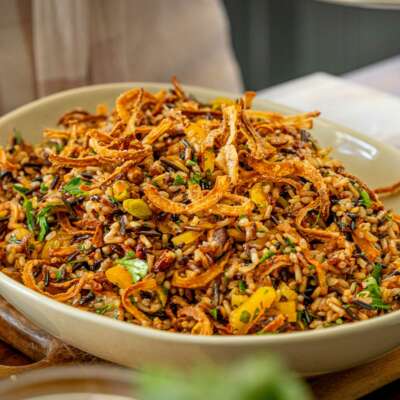
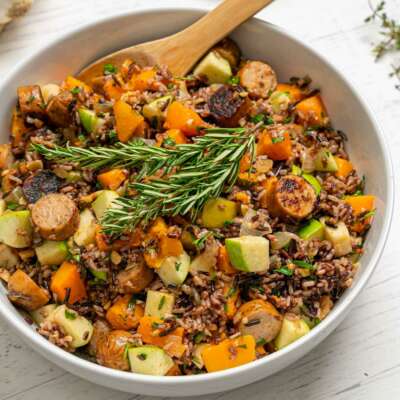
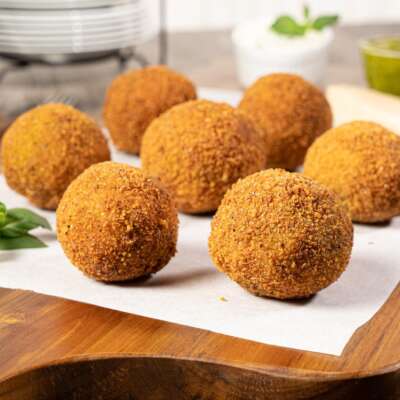

Meet and Greet and Eat at
Lundberg Social Media Links